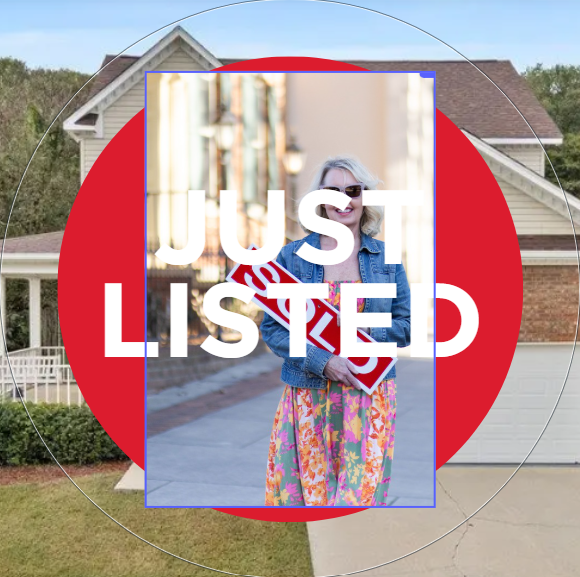Set on buying a home even though you have student loans? Here are a few ways to improve your chances of qualifying:
1. Consider all loan types
While you may be tempted to pick the first mortgage your lender offers, comparing different financing options may be more advantageous.
- Conventional Mortgages: Conventional mortgages follow guidelines set by Fannie Mae and Freddie Mac, which standardize mortgage lending in the U.S. This type of mortgage requires a minimum down payment of 3% and a minimum credit score of 620. The loan has competitive interest rates and a variety of loan terms.
- Government Loans: If you can’t qualify for a conventional loan, you may be able to buy a home with a government-backed loan. You may consider applying for an FHA loan. The Federal Housing Administration backs this popular option and may accept a maximum DTI of up to 57%. With a VA loan, you can buy a home with a DTI of up to 60% in some cases.

2. Pay down your debt
If your DTI is too high for a mortgage, the fastest way to lower it is by paying off debt, which eliminates ongoing expenses and frees up more cash flow. Consider paying off another debt if you can’t afford to make extra payments on your student loans. For example, if you manage to pay off your credit card debt, you’ll see an almost immediate drop in your DTI.
3. Increase your income
You can also lower your DTI by increasing your income. That may look like working a few more hours at your job or securing a side hustle. Keep in mind that the extra income will only count toward your DTI if you can prove it’s a steady source of cash. Most lenders will require at least 2 years’ worth of proof of income.
4. Apply with a co-borrower
Another way to drop your DTI and increase your income is by adding a co-borrower to your mortgage. When a lender assesses your finances, they’ll include your co-borrower’s income and debts. So, if someone else is on your mortgage application, make sure their DTI is better than yours and can boost your chances of approval.
5. Buy a starter home
In some cases, lenders can be flexible with eligibility requirements. If you purchase a smaller, more affordable starter home, you can make a larger down payment to keep your monthly mortgage payment within a reasonable range.





